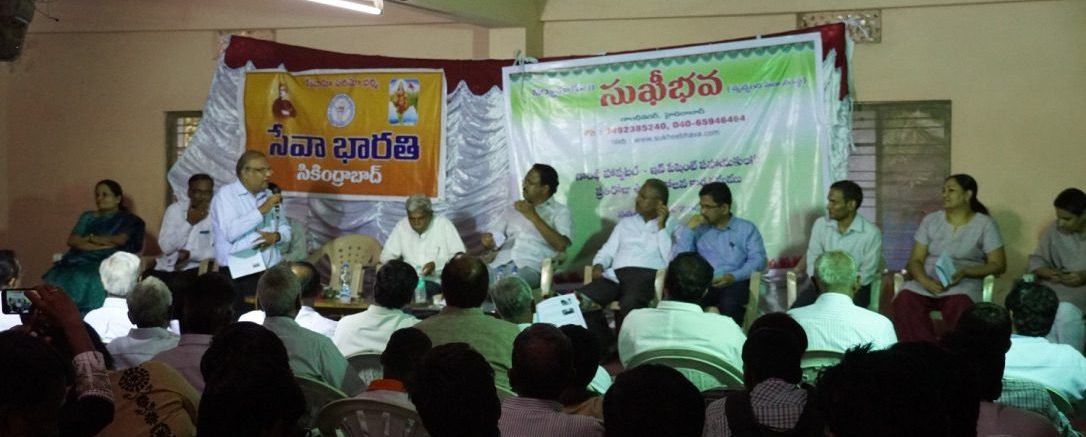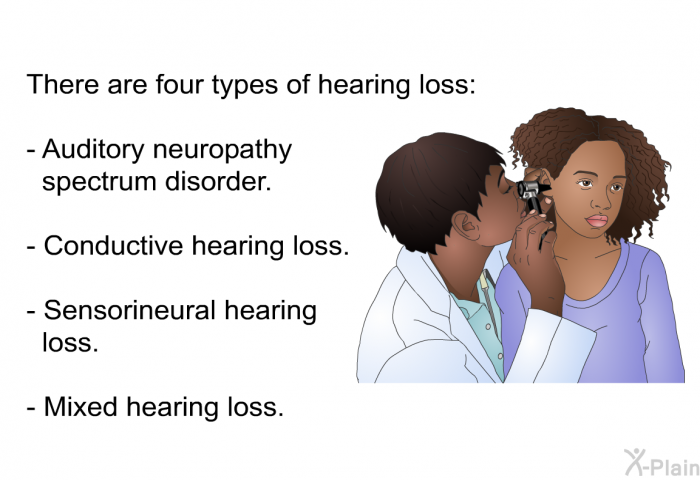

Things you can do to help with auditory processing disorder (APD) To reduce background noise, school children with APD may be advised to wear a wireless earpiece that connects to a tiny microphone worn by their teacher. You can do it with a hearing specialist or in your own time online. Treatment usually involves activities to improve listening and concentration. There is no cure for APD but there are things that can help. Treating auditory processing disorder (APD) Testing for APD is not usually done on children under 7 years old. memory, problem-solving and concentration tests.having electrodes on your head to measure how your brain reacts to sound.Tests for auditory processing disorder (APD) The GP may refer you to a hearing specialist. you or your child find it hard to hear or understand speech.
#Auditory neuropathy spectrum disorder nhs full#
Auditory neuropathy spectrum disorder: When the audiogram does not tell the full story. Auditory neuropathy spectrum disorders: from diagnosis to treatment: Literature review and case reports.


Auditory neuropathy spectrum disorder.You can learn more about how we ensure our content is accurate and current by reading our editorial policy. We link primary sources - including studies, scientific references, and statistics - within each article and also list them in the resources section at the bottom of our articles. Medical News Today has strict sourcing guidelines and draws only from peer-reviewed studies, academic research institutions, and medical journals and associations. otolaryngologists, who specialize in treating disorders of the ear, nose, and throatĬhildren who have ANSD from birth may require lifelong attention from this team.audiologists, who are licensed to diagnose and evaluate hearing loss and other related conditions.Healthcare professionals who can helpĪs NORD explains, treating ANSD and its complications sometimes requires an interdisciplinary team of healthcare professionals. In particular, the National Organization for Rare Disorders (NORD) lists some assistive listening devices that may help people with ANSD, including:Īn individual’s healthcare team will discuss the most appropriate technologies for their specific case of ANSD. What technologies can help?Īlthough scientists cannot yet cure ANSD, certain interventions may restore some hearing capabilities. However, without treatment, many people with ANSD will not experience improvements in their condition. In newborns, ANSD can spontaneously improve within 1–2 years. Behavioural audiometry: This involves using toys and play as a part of the hearing assessment to diagnose the condition in those over 5–6 months old.ĭoctors may also perform imaging studies to look at the inner ear and auditory nerve.Tympanometry and stapedial reflex testing: This tests how well the moving parts of the middle ear function.A cochlear microphonic test: This measures how the cochlear outer hair cells are functioning.For this reason, an atypical ABR test result can indicate ANSD if it comes with a typical OAE reading. This microphone can detect the very faint sounds that the ear’s outer hair cells can produce as a response to sound.ĪNSD does not affect the ear’s outer hair cells. This test monitors brain wave activity in response to sound.Īn otoacoustic emissions (OAE) test involves placing a tiny, highly sensitive microphone into the ear canal. To perform an auditory brainstem response (ABR) test, doctors place electrodes on the head and, sometimes, the ears. Both are painless and safe to perform on children and infants.


 0 kommentar(er)
0 kommentar(er)
